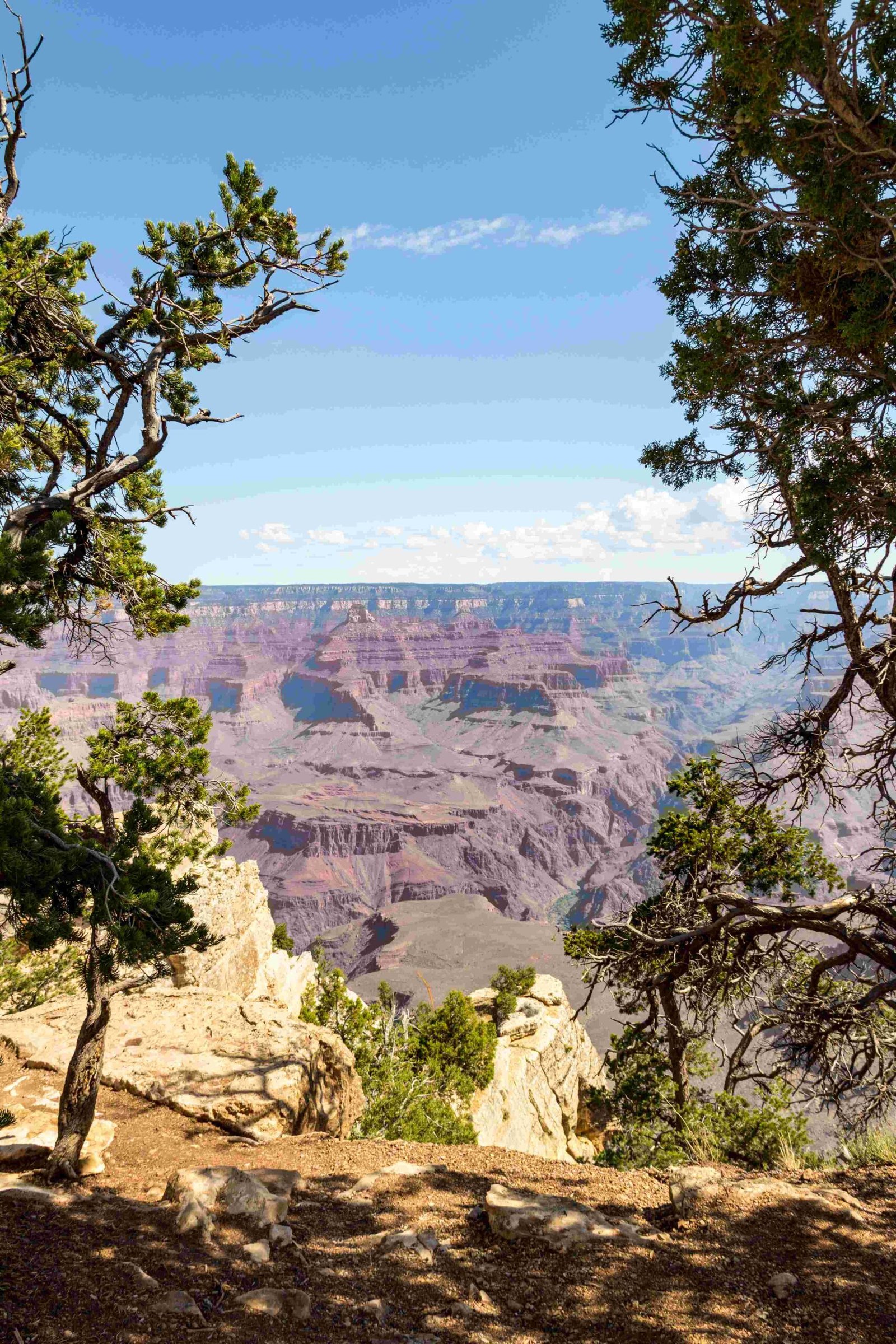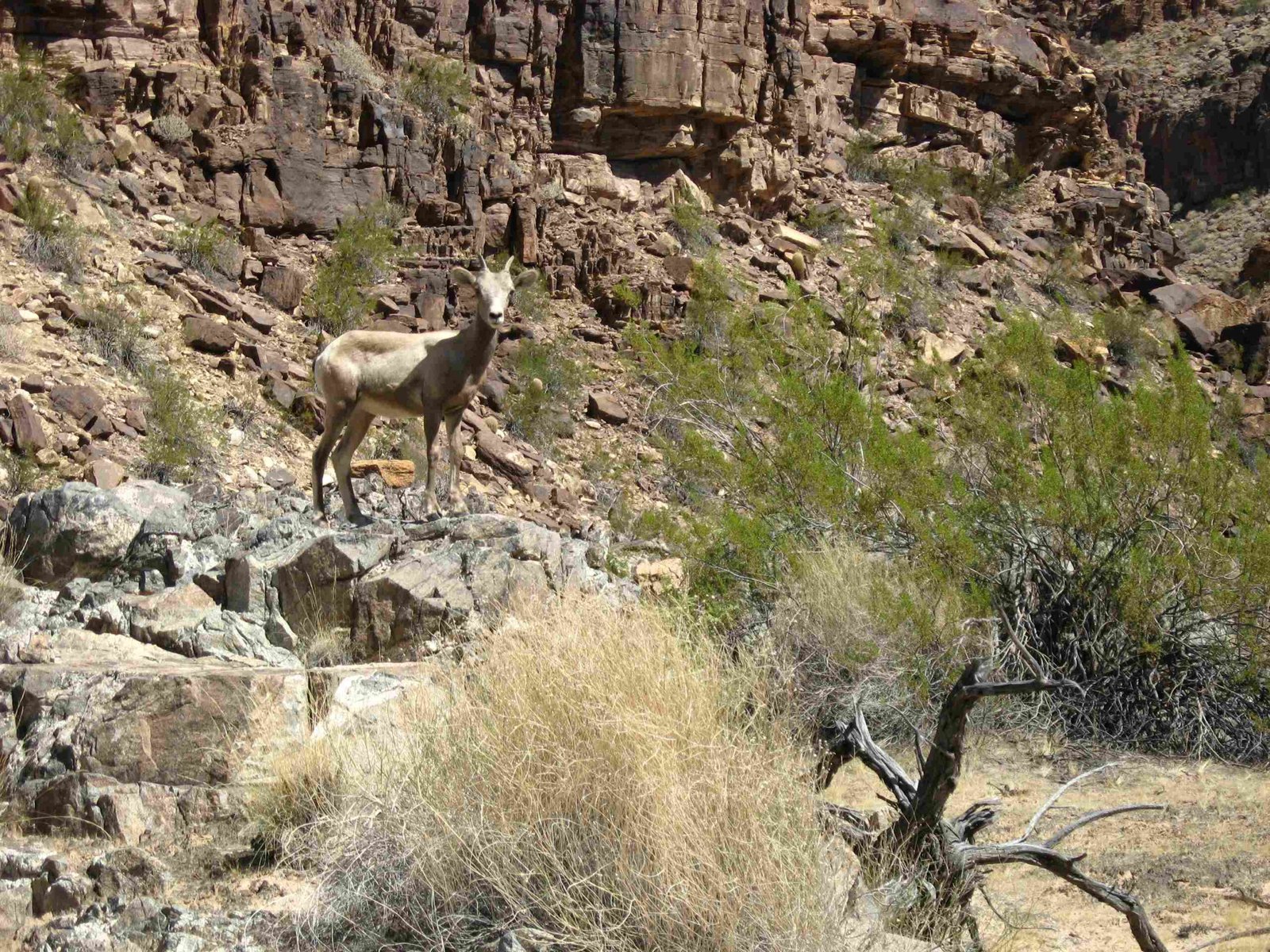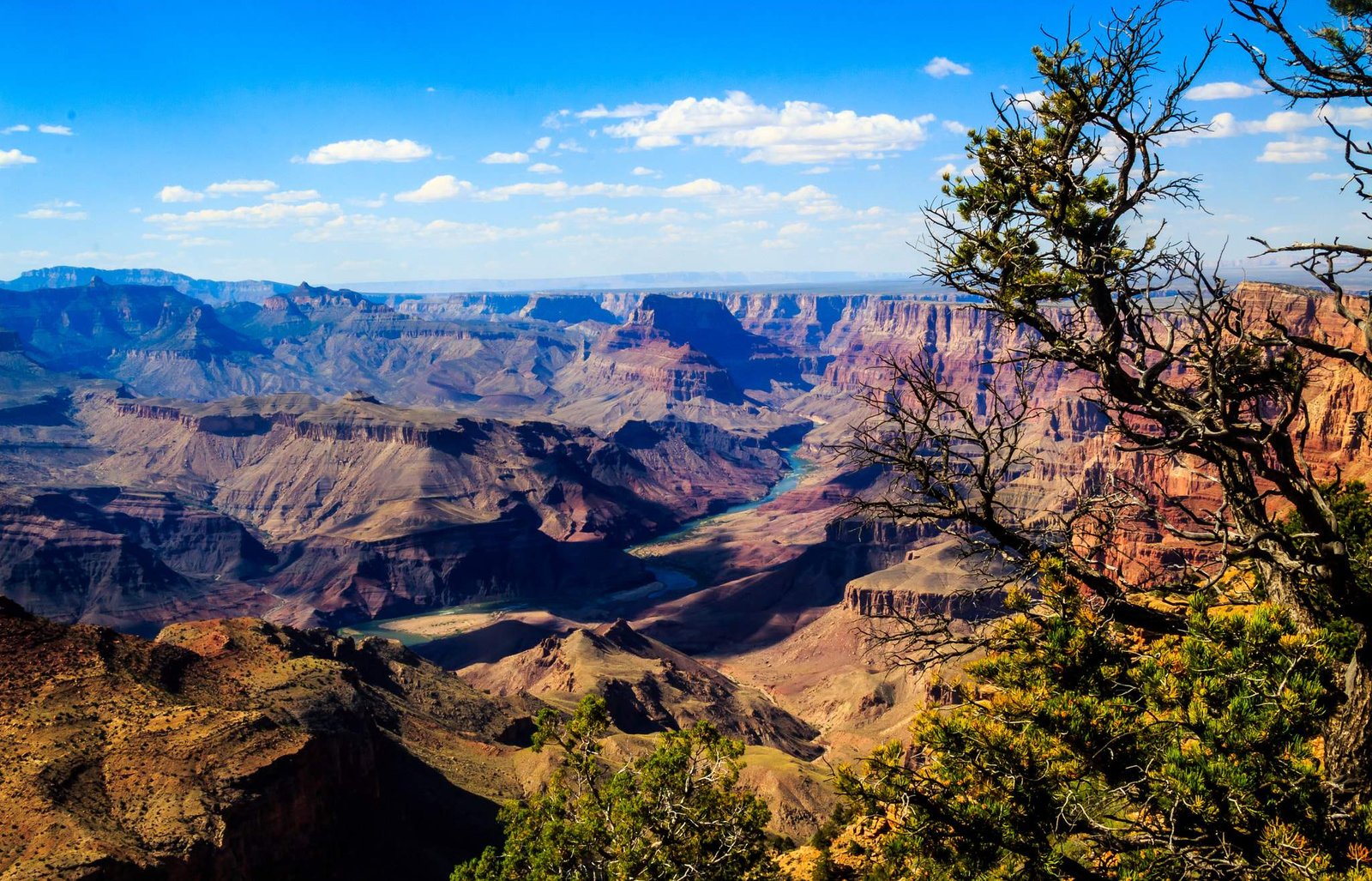The Grand Canyon’s rock layers represent an extraordinary geological archive spanning nearly two billion years, revealing Earth’s complex transformation through metamorphic basement rocks, sedimentary formations, and dramatic tectonic events. This comprehensive timeline grand canyon rock layers diagram uncovers the remarkable geological narrative embedded within the canyon’s stratified walls, showcasing how volcanic islands, ancient seas, and erosional processes sculpted one of the world’s most remarkable natural landscapes.
What Are the Primary Rock Layer Formations in the Grand Canyon?

The Grand Canyon’s geological composition consists of three primary rock layer sets, each representing a distinct geological epoch:
Vishnu Basement Rocks: The Ancient Foundation
| Age | Characteristics | Formation Details |
|---|---|---|
| 1.75-1.84 billion years | Metamorphic and Igneous | Volcanic island chain collisions |
| Composition | Vishnu Schist, Brahma/Rama Schists | Subvertical layering |
| Thickness | Undetermined | Intense geological folding |
Key Geological Processes
- Volcanic island chain collisions
- Metamorphic rock transformation
- Tectonic plate interactions
Grand Canyon Supergroup: The Sedimentary Chronicle
Geological Timeframe: 729 to 1,255 million years ago
Formation Characteristics:
– Sedimentary and volcanic rock deposits
– Developed during supercontinent Rodinia’s assembly and fragmentation
– Approximately 12,000 feet thick
– Nine distinct geologic formations
Layered Paleozoic Rocks: Marine and Terrestrial Transitions
Geological Periods Represented:
– Cambrian (500-570 million years ago)
– Mississippian (345-395 million years ago)
– Pennsylvanian (310-345 million years ago)
– Permian (280-310 million years ago)
Significant Rock Formations
- Bass Limestone (marine algae fossils)
- Redwall Limestone (tropical marine environment)
- Supai Group (red sedimentary rocks)
- Kaibab Limestone (shallow marine deposits)
How Did the Grand Canyon Develop Over Millions of Years?

Precambrian Era: The Foundational Phase
- 2.0 billion years ago: Volcanic island chain collisions
- 1.75-1.25 billion years: Erosional period
- 1.25-730 million years: Rift basin sediment deposition
Paleozoic Transformation
- Gradual marine sediment accumulation
- Fluctuating sea levels
- Diverse fossil preservation
Modern Geological Sculpting
- 70 million years ago: Colorado Plateau uplift begins
- 6 million years ago: Colorado River initiates canyon carving
- Continuous erosional processes
What Makes the Grand Canyon’s Rock Layers Unique?
Preservation of Geological History
- Uninterrupted rock layer sequence
- Minimal tectonic disruption
- Exceptional fossil preservation
Scientific Significance
- Provides insights into Earth’s geological evolution
- Demonstrates complex sedimentary processes
- Reveals ancient environmental conditions
Exploring the Rock Layers: Practical Information
Viewing Opportunities
- Multiple rim observation points
- Guided geological tours
- Professional ranger-led interpretive programs
Tour Options
- Rim walks
- Hiking expeditions
- Mule rides
- Helicopter tours
Recommended Visitor Strategies
- Use high-quality binoculars
- Carry geological guidebooks
- Attend ranger presentations
- Take detailed photographs
- Join specialized geological tours
Conclusion
The timeline grand canyon rock layers diagram represents more than a visual representation—it’s a profound narrative of Earth’s geological transformation, capturing billions of years of planetary history within its stratified walls.

